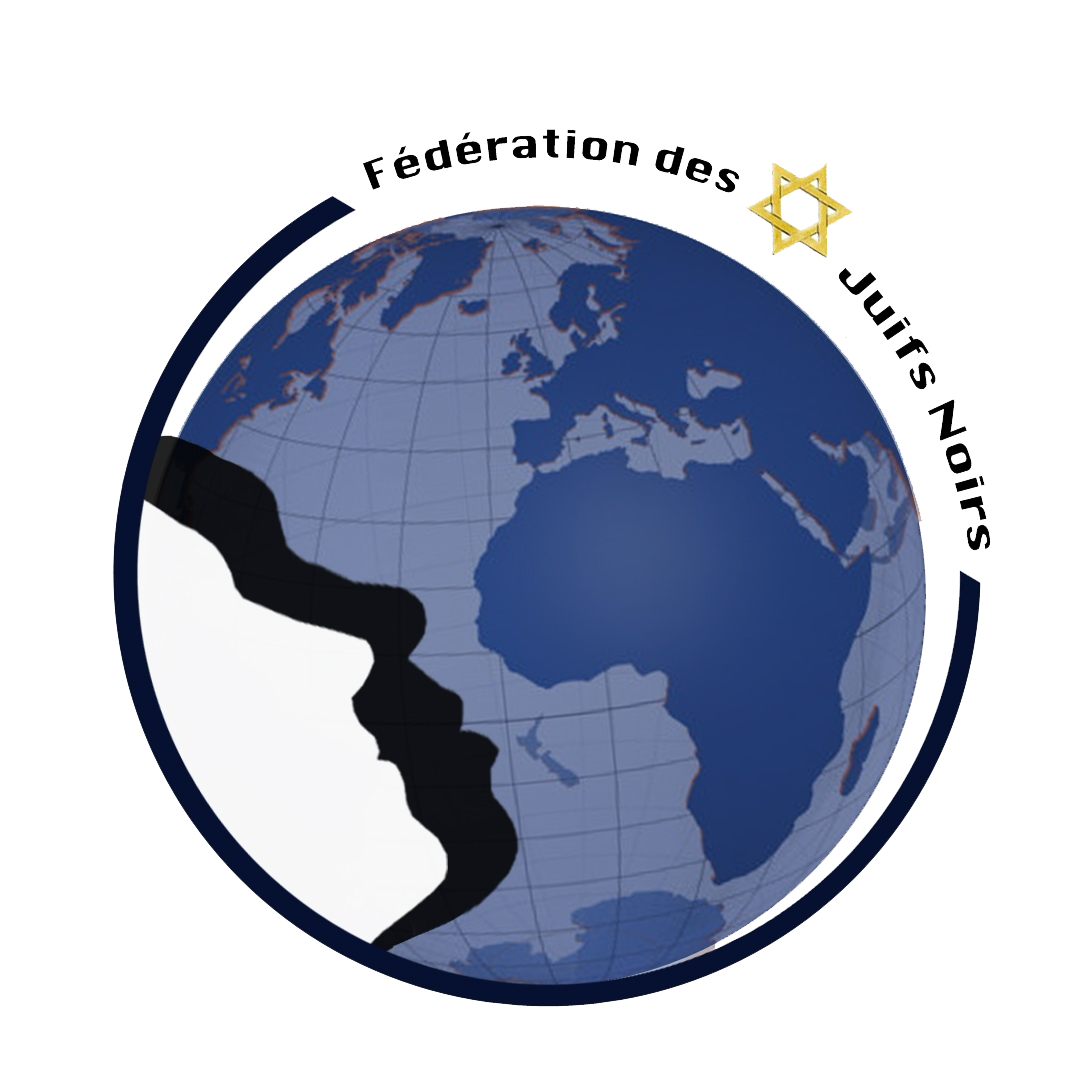 The notion of Tzaddik is fundamental in Jewish spiritual life.Noah is the first person in the Hebrew Scriptures to be qualified by that name. “Noah was a righteous man (איש צדיק היה), with Hashem did Noah walk”.
The notion of Tzaddik is fundamental in Jewish spiritual life.Noah is the first person in the Hebrew Scriptures to be qualified by that name. “Noah was a righteous man (איש צדיק היה), with Hashem did Noah walk”.
The meaning of Tzaddik is the person by the merit of whose actions the world can be saved. We find the same term used in the dialogue between Hashem and Abraham concerning saving people of Sodom and Gomorrah from destruction.
“…I will not destroy them, if there are ten Tzadikkim..”.
Therefore the first mention of Tzaddik in Hebrew Scripture refers to protecting the world from destruction. The teaching of the Flood comes to show us that even though the world was created by Hashem, its existence depends on obedience to righteousness.
Righteousness, Tzeddek, is mainly activated by Tzeddaka, helping the destitute and defending the rights of the most vulnerable. In Mystic lore the Tzaddik is the attribute of Yesod, foundation. As is written: “The Righteous is the foundation of the world” (Tzaddik Yesod Olam). Righteousness is never acquired to the point of being possessed. To be true, it needs to be renewed constantly. Pirkey Avot says: “Do not believe in yourself until the day of your demise.” The Tzaddik is one who knows we are always far from being righteous, even according to our own moral standards. This is why Abraham said “..I am nothing but dust and ashes..” Being devoted to relieving the suffering of others and sacrifice our comfort for their sake is the nature the Tzaddik wants to follow. The reason why Moses is considered the ultimate Tzaddik, is because when confronted with the threat of the destruction of Israel because of the sin of the golden calf, he said to Hashem if You do not forgive them, “…erase me from Your Book which You have written..”. In the same way that the world which was created miraculously by Hashem alone needed to be rebuilt from the Tzaddik, through Noah, the covenant to the people of Israel established by the miracles of Exodus, needed to be rebuilt from scratch by the righteousness of Moses. The reason is that the Tzaddik goes beyond the miraculous, to reveal that righteousness is the very foundation of existence. By example, the Tzaddik shows everyone that they are connected. That the suffering and the needs of some affect the entire community. Within the category of Tzaddik the Jewish sages revealed the aspect of the one who acts out of pure love and investigates his own consciousness. This one is called Hasid. Rabbi Judah Bar Ilai was considered a Hasid. As an example it is said about him that once on Shabbat he observed that the fence of his field had been breached, and he thought of repairing it after the Shabbat. Then realising he just had a mundane thought of work during the holiest of days, Rabbi Judah Bar Ilai never fixed that breach again. The Hasid is as demanding of his own thoughts, as others could be of their actions. The concept of listening to the Tzaddikim and learning from their teachings is deeply engraved in Jewish consciousness. The Mishna and Talmud are a model reference to the words of the Tzaddikim, who are meant to bring the miraculous into the human scale and dimensions. Saving people from suffering and injustice, is the real miracle.
